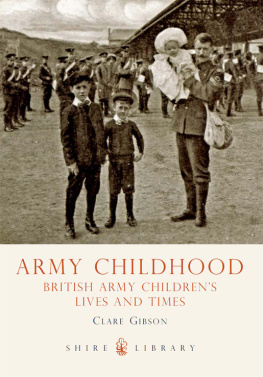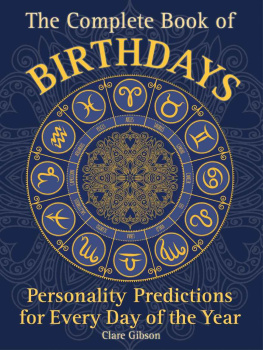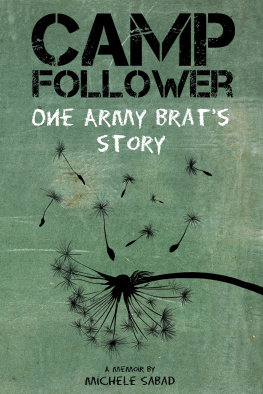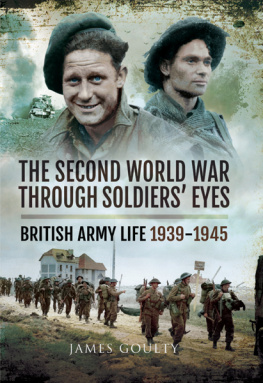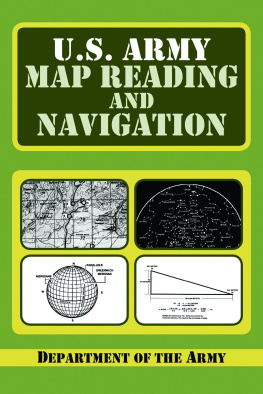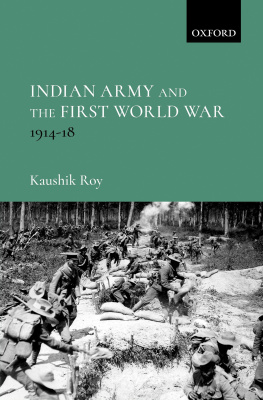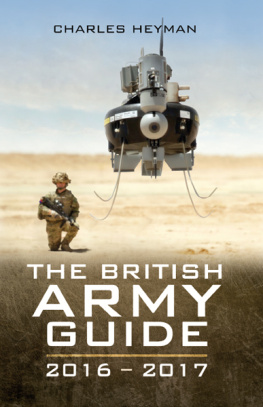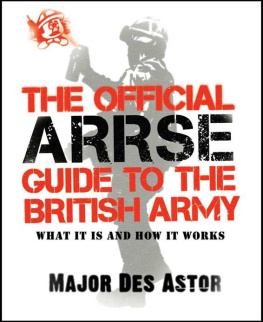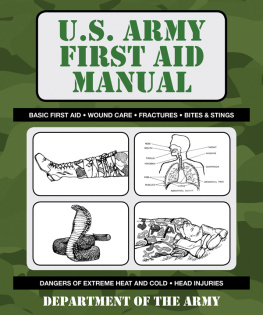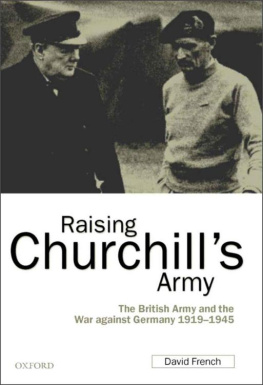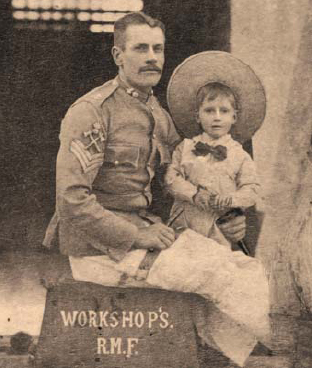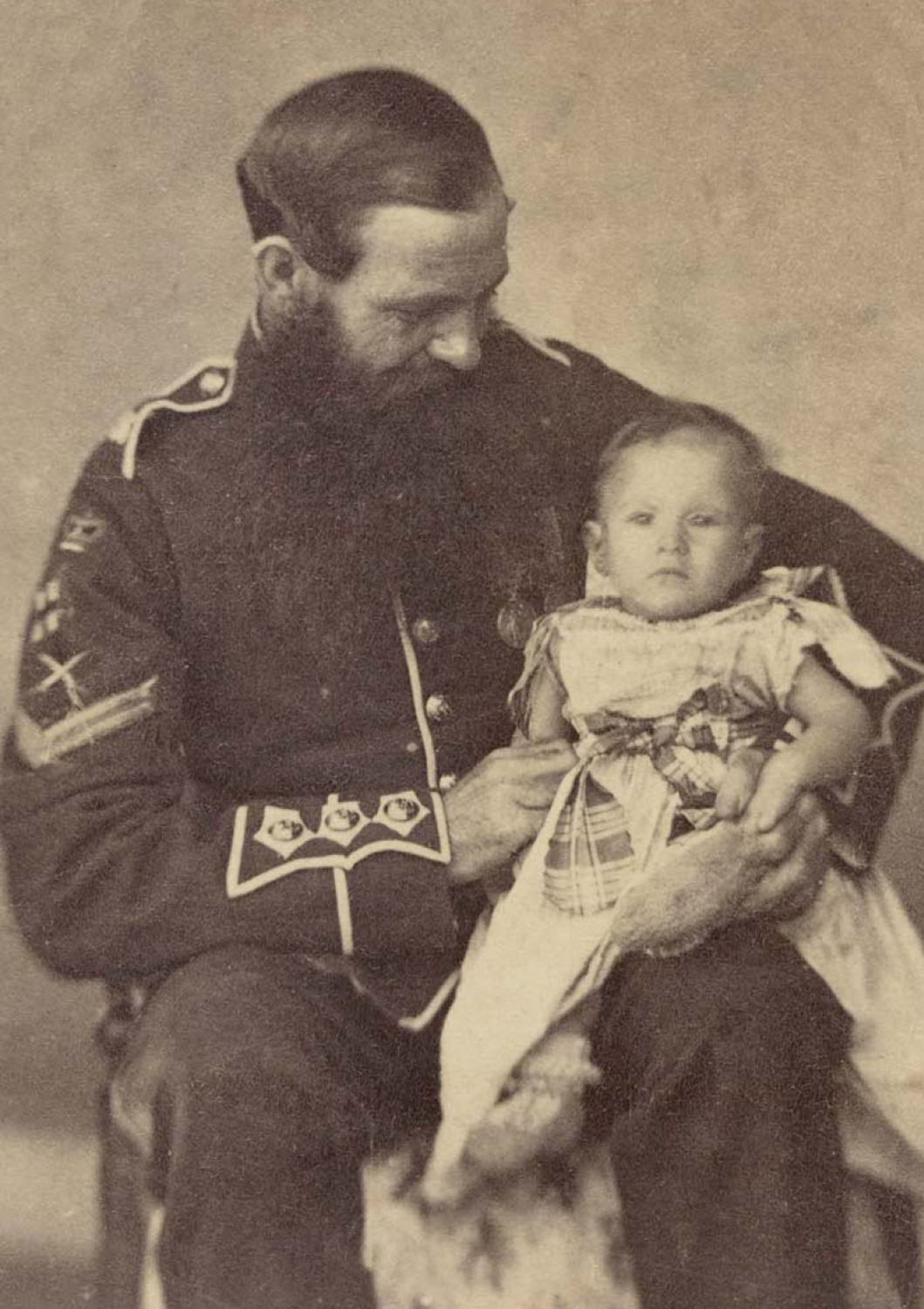ARMY CHILDHOOD
BRITISH ARMY CHILDRENS LIVES AND TIMES
Clare Gibson
SHIRE PUBLICATIONS
Pictured in a Royal Munster Fusiliers workshop in India in around 1910, a pioneer sergeant holds a tool in each hand as he draws his small son close. Soldiers sons themselves potential future soldiers were encouraged to learn trades.
CONTENTS
A photograph dating from the second half of the nineteenth century shows a sergeant and his family outside their married quarters.The birdcages hanging by the front door add a homely touch to the wooden walls.
This nineteenth-century army child was clearly doted upon by his or her father, a corporal in the British Army during Queen Victorias reign. Having a father in uniform made for an unusual childhood, then as now.
THE ARMY CHILD EXPERIENCE
A RMY CHILDREN no longer literally follow the drum, as some did, for example, during the Peninsular War, trudging behind columns of soldiers on the march, but typically still spend much of their childhood on the move as they accompany a military parent from posting to posting with their families. Siblings may consequently not only have different birthplaces, then as now, but may even be born in different countries, even though the geographical scope of accompanied postings has shrunk significantly in comparison to previous centuries, reflecting Britains reduced role on the world stage.
Similarly, although the modes of transport and types of accommodation experienced by army children have changed for the better over time, mirroring advances made by society as a whole, the army generally continues to have a hand in ferrying its soldiers dependants from posting to posting, and in providing them with accommodation on their arrival. And while some army families perpetuate the long tradition of sending their children to boarding schools in the hope of minimising the disruption to their education caused by frequent moves, others opt for day schools, these being either civilian schools or the service schools whose evolution can be traced back to the regimental schools established during the nineteenth century.
Army children are no different from anyone else in benefiting from the fruits of progress: new technology has made it far easier than in the past to keep in touch with friends and family when posted away, for instance. And being first and foremost children, army children have much in common with their peers of all backgrounds and nationalities. Nevertheless, it is often not appreciated that the sons and daughters of serving soldiers grow up with a foot in both civilian and army camps, nor are the full implications ranging from the obvious to the subtle of an upbringing linked to the military way of life fully understood.
An army childhood therefore remains an unconventional childhood, as those who experienced it themselves can testify, particularly with the benefit of hindsight. But what, exactly, makes the army child experience so remarkable? That is what this book seeks to explain.
Two young army children photographed with their parents in Kent in the early years of the twentieth century. Details of their soldier fathers uniform and medals suggest that he is a drum major who saw action on the Gold Coast.
CHILDREN OF THE REGIMENT
S OME MAINTAIN that the British Army was established in 1689, when the standing army that we recognise today was created; others, that it came into being in 1707, with the Act of Union that united England (and Wales) with Scotland. A mere eighteen years separates the two dates on which it is claimed that the status of Britains professional soldiers then, but no longer, exclusively men was regularised, but it makes little difference to the history of army children. For while the foundation of its standing army may have put the position of Britains soldiers on a more secure footing, it did little for their families. Indeed, it was not until the nineteenth century that the military authorities began officially to assume some sort of responsibility for their soldiers spouses and children.
Like most large organisations, the British Army is underpinned by a rigid social hierarchy. Its members are categorised by military rank, the expectation being that, after joining up, soldiers will gradually be promoted to higher ranks (although demotion is possible, too). Ranks names have varied over time, but, broadly speaking, field marshals stand at the apex of the military pyramid, supported, in descending tiers, by generals, lieutenant generals, major generals, brigadiers, colonels, lieutenant colonels, majors, captains, lieutenants and second lieutenants these make up the commissioned officer ranks. Below the commissioned officers come the other ranks, starting with the warrant officers, comprising warrant officers class 1, or WO1s (also known as regimental sergeant majors), and warrant officers class 2, or WO2s (these being company or squadron sergeant majors). And, finally, the bottom section of the military pyramid consists of non-commissioned officers, or NCOs, senior NCOs being staff or colour sergeants and sergeants, and junior NCOs being corporals and lance corporals. Privates rank the lowest in the British Army.
Although there are still marked distinctions in status and pay between commissioned officers, warrant officers and non-commissioned officers, these dividing lines were far more evident in previous centuries than they are today, reflecting as they did the traditional, class-based attitudes and conventions of society at large. Soldiers wives (unless themselves also serving soldiers, as is now becoming increasingly common) and children have always had civilian status, yet the ranks held by their soldier spouses and fathers have tended to dictate their treatment by the army authorities, as well as by fellow army families. In the past, officers higher social standing, often going hand in hand with their private incomes (or those of their wives), generally resulted in a certain amount of independence from the army for their families, and certainly in better accommodation; officers children have historically been more likely to attend independent boarding schools, too.

Sergeant Clarence Stillwell pictured in 1915 with his young sons. They were to serve in the Territorial Army during the 1930s, before being commissioned for service in the Second World War, when both were killed.
Army pay has never been noted for its generosity, and the rank-and-file soldiers wage was so meagre during the eighteenth century that, after compulsory stoppages, it was barely enough to support him, let alone a family. In addition, the army authorities discouraged marriage, regarding wives and children as unwanted nuisances who at best would distract their men from the serious business of soldiering, and might even cause significant disruption. Since 1685, soldiers and junior officers had been required to ask their commanding officers permission to marry, requests that were not always granted, particularly if the prospective bride was disapproved of for some reason. So if a soldier did marry during the eighteenth century, it was frequently without the knowledge or sanction of his superiors. This meant that many army children of that period (not all of whose parents were married) tended to grow up off the strength, that is, independent of the practical support however limited that the army extended to those whom it had accepted and recognised as being on the strength. For the army would then assume a measure of responsibility for these fortunate few, providing sustenance, for example: half the food and drink ration issued to their husbands for army wives, and half- or third-rations for army children, according to their age.

